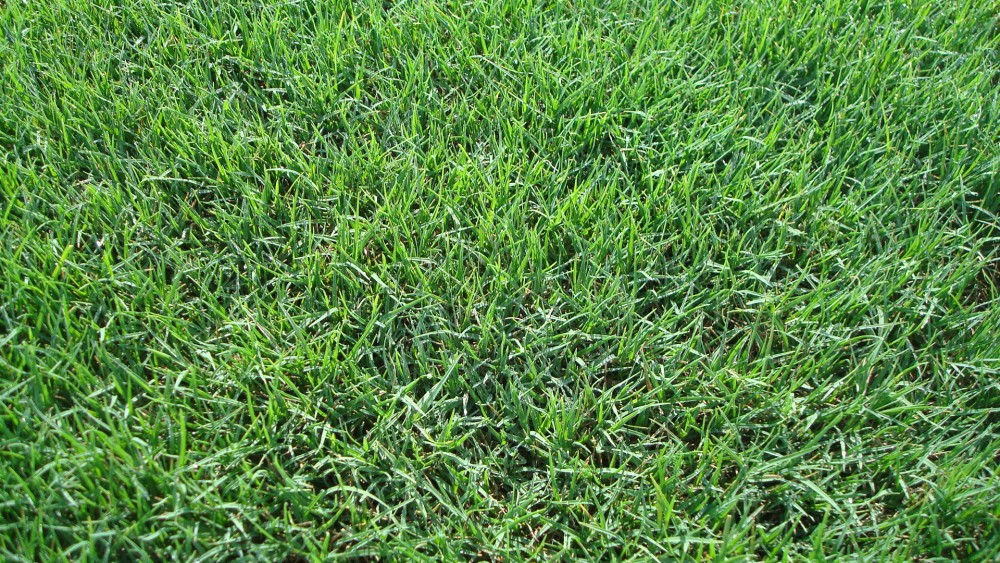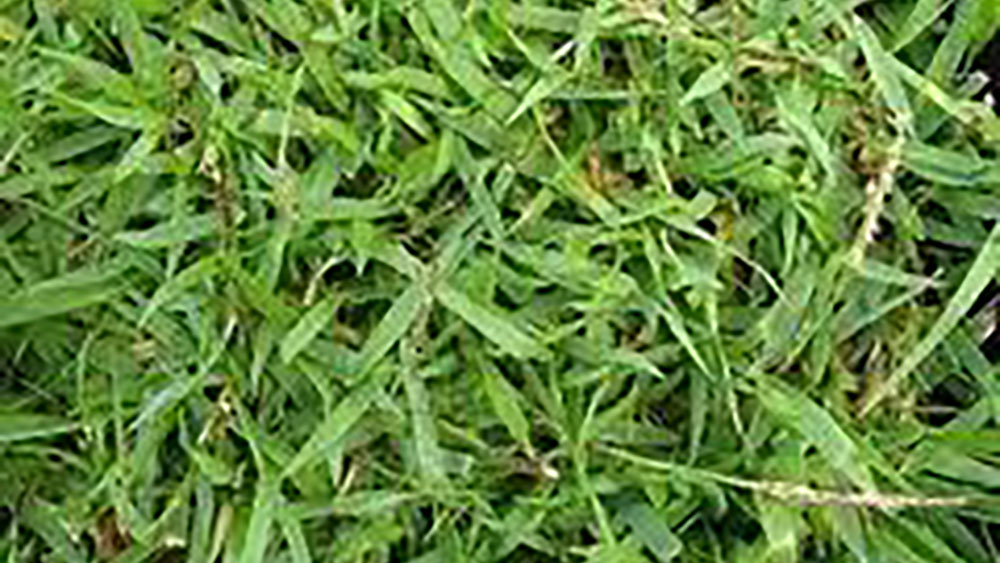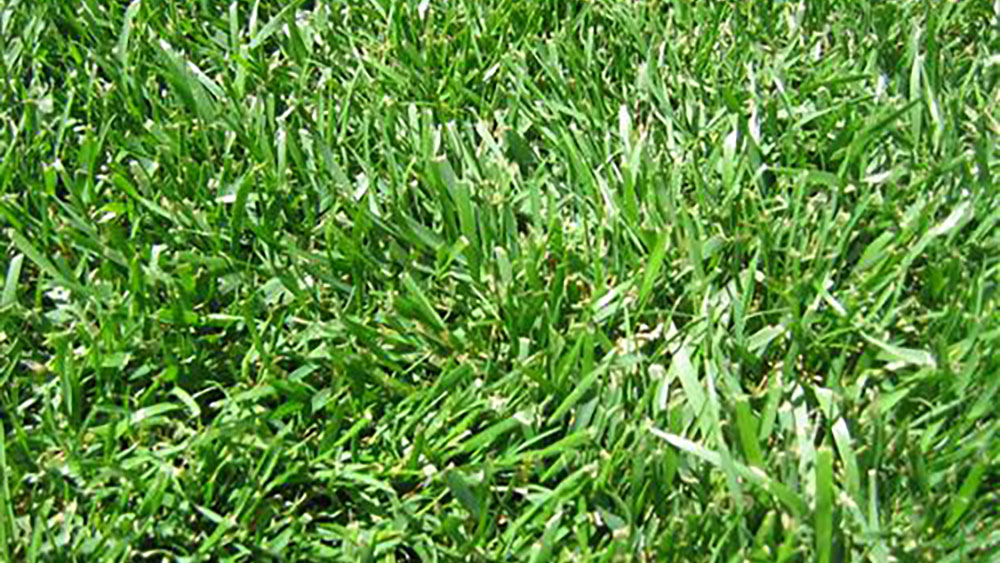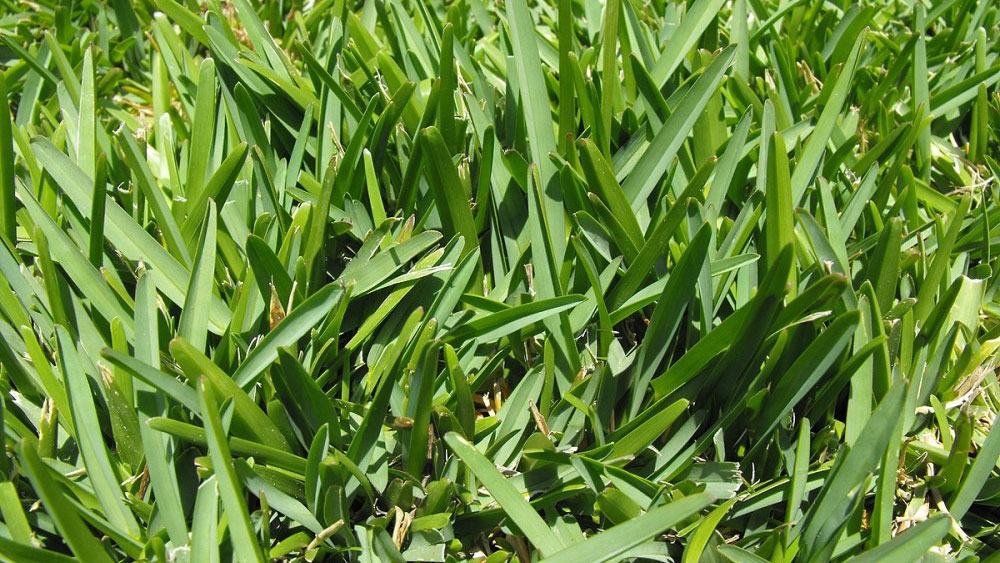Residential & Commercial
Lawn Care Services
At Wynn’s Intensive Lawn Care, our goal is to provide excellent customer service for commercial and residential lawn care. We are a family-owned and operated company that has a desire for every customer to feel like they are a part of our family, too! We treat your lawn as if it is our own.
We provide free estimates to residents of West Georgia who want a healthier lawn. West Georgia turf treatment requires a customized lawn care program depending on your turf type and other environmental factors. Our estimator will analyze your lawn settings and the surrounding environment to determine the best lawn care treatment program for your turf type. Sun, shade from trees as well as the house, soil conditions, drainage issues and the type of weed all factor into our evaluation of your lawn. After assessing your lawn’s needs, the technician will provide you with an estimate to review. At that point, you are only a phone call away from having a healthier, greener lawn!
- Some Of Our Additional Lawn Care Services Include:
- Soil Sampling (No Discount)
- Soil Amendments (Potash, Gypsum, Lime, Phosphorous)
- Insecticide Applications
- 4 Fungicides for Disease Management (Brown Patch/Zoysia Patch)
Different Types Of
Lawn Turf

Bermuda
You should start mowing in mid-March to begin prepping the lawn for spring. Mid-March mowing at a height of 2-2.5 inches will aid in controlling perennial weeds and begin the chore of “scalping.”
Scalping begins after the last frost, which is usually in April. Lower the mower setting each week so that by the end of the month you are cutting as close as possible without the mower blades contacting the soil, approximately 1.5-2 inches.

Zoysia
On Zoysia grass, “scalping” must be less aggressive or injury will result. Begin mowing at 2.5 inches weekly after the first of April. In West Georgia, the typical frost-free date is April 15. After that date, start lowering your mower height weekly to 1.5-2 inches by the first of May.
As with Bermuda, Zoysia that is mowed less than one inch will grow a better turf density, but only if your terrain will allow for closer mowing, if there are no water restrictions in place, and if you have a very small lawn or have ground irrigation.

Fescue

Centipede & St. Augustine
On Centipede lawns, a good year-round mowing height is 1.5-2 inches. Fewer problems are noted in Centipede lawns that are maintained at 1.5 inches. At that height, centipede runners will have better soil contact and root development is achieved during the growing season.



